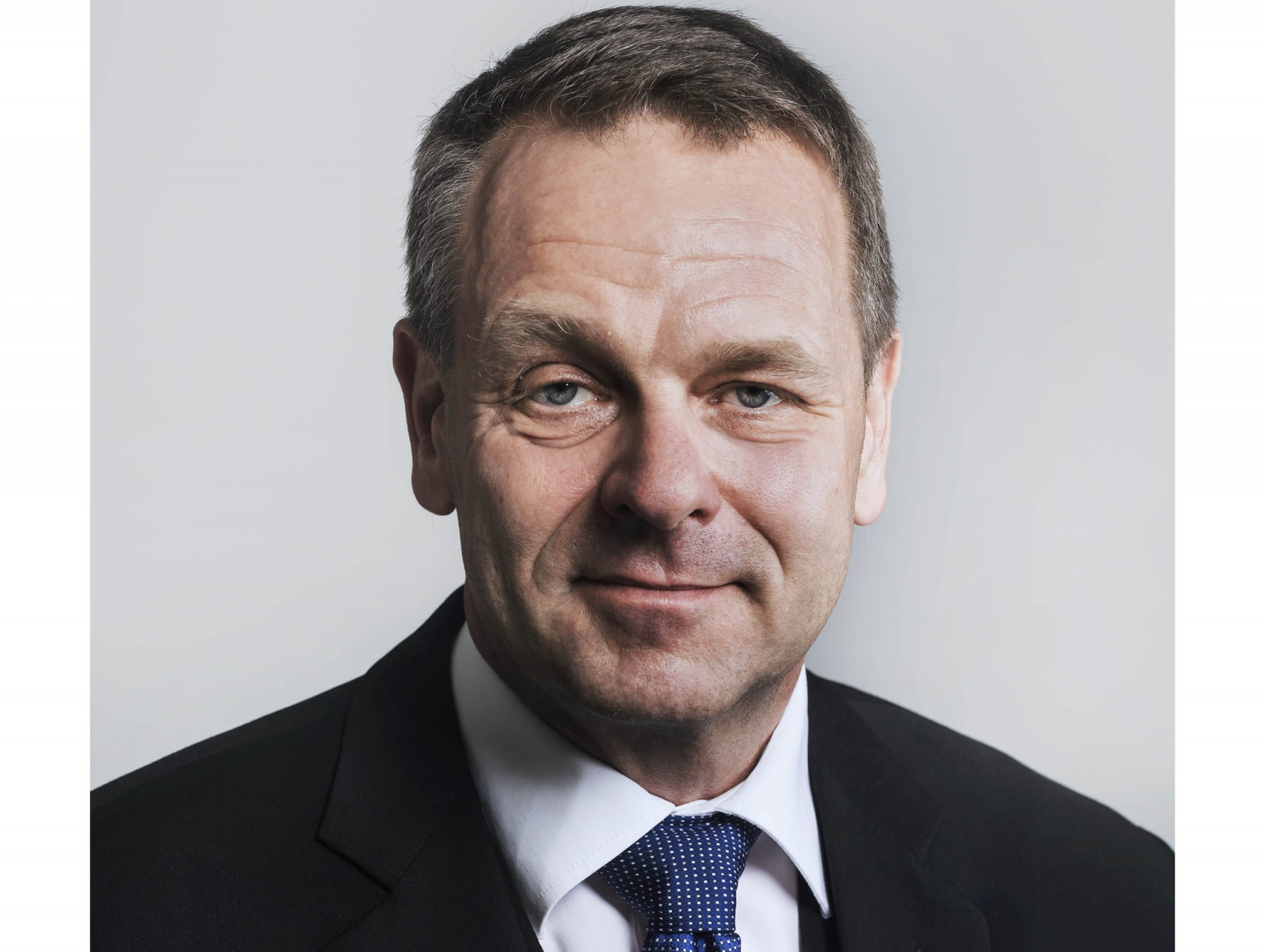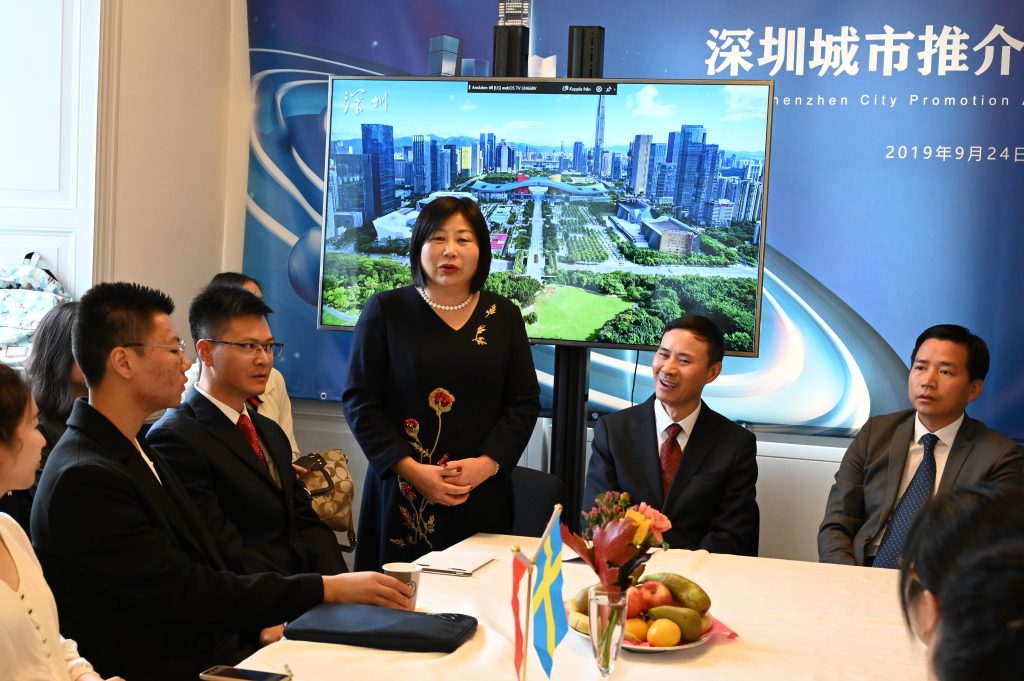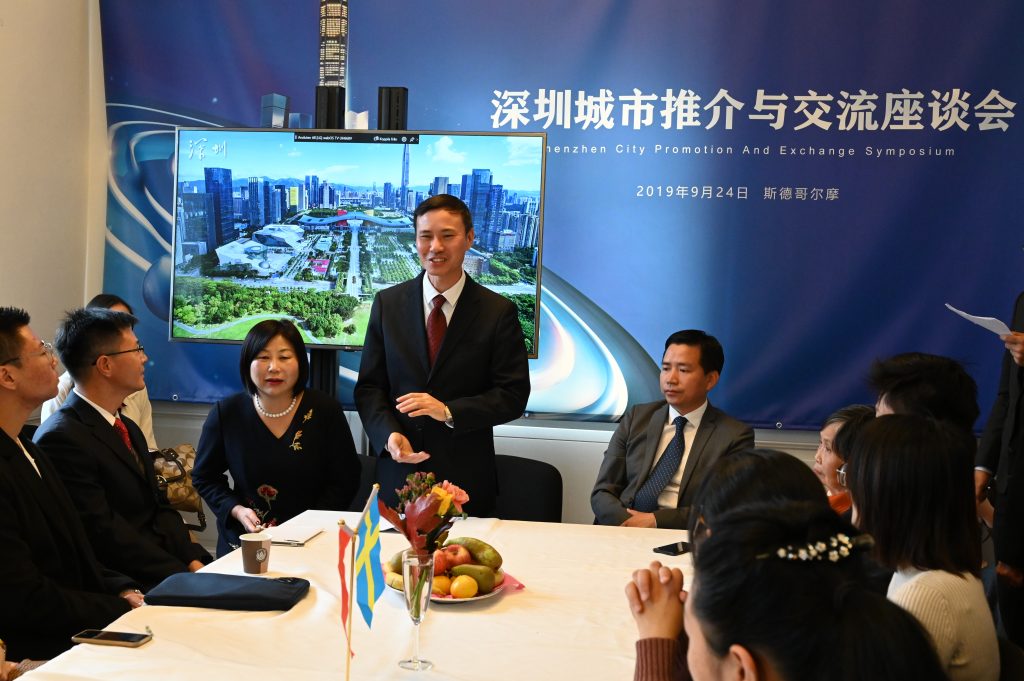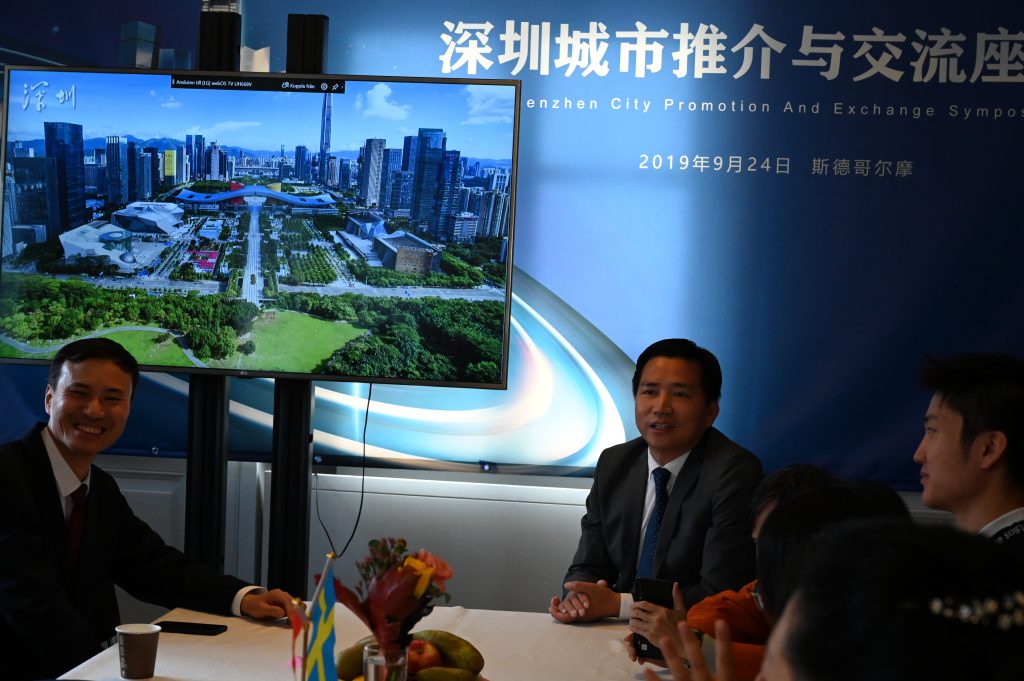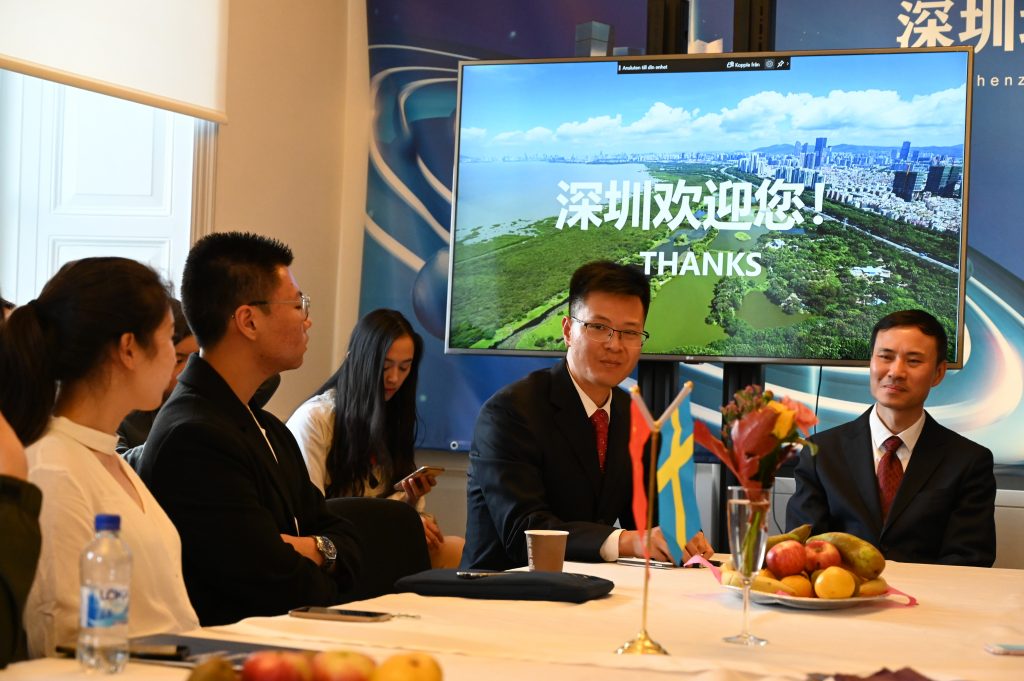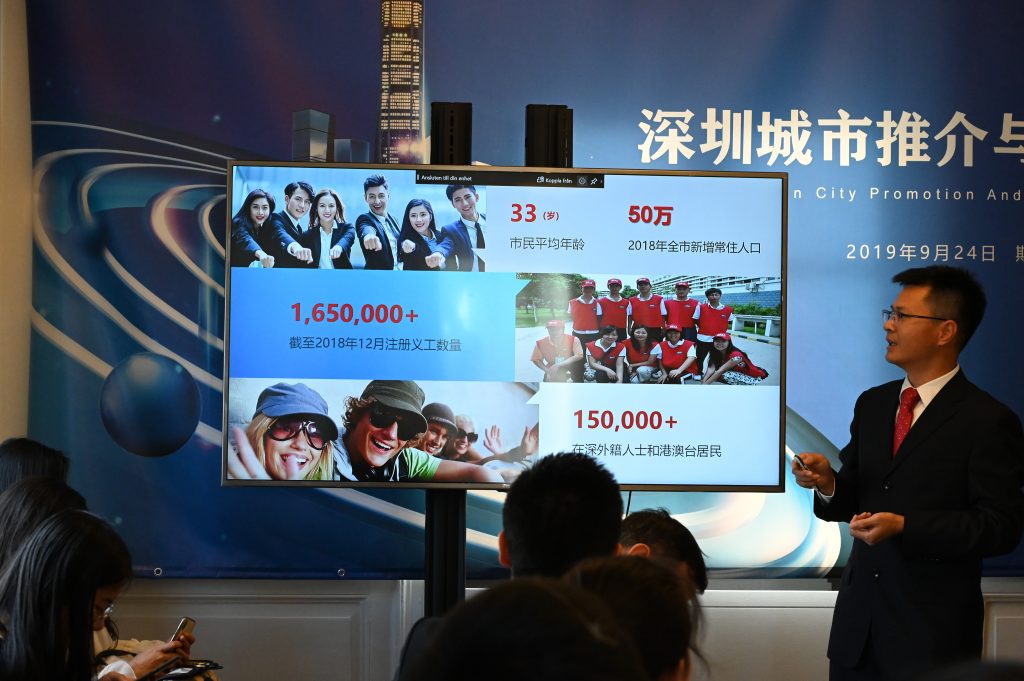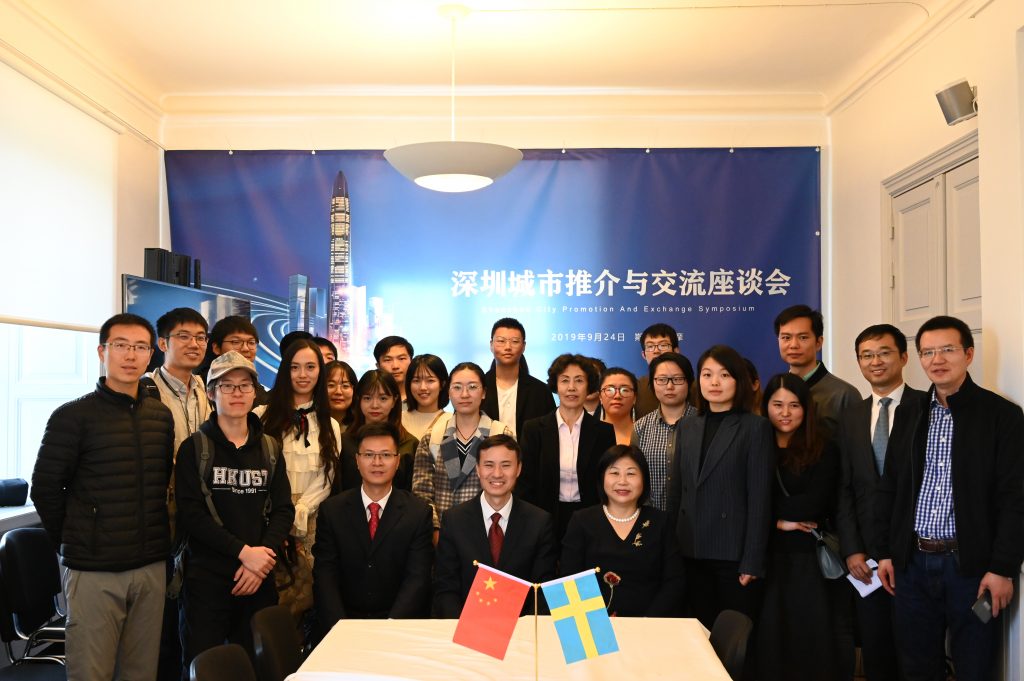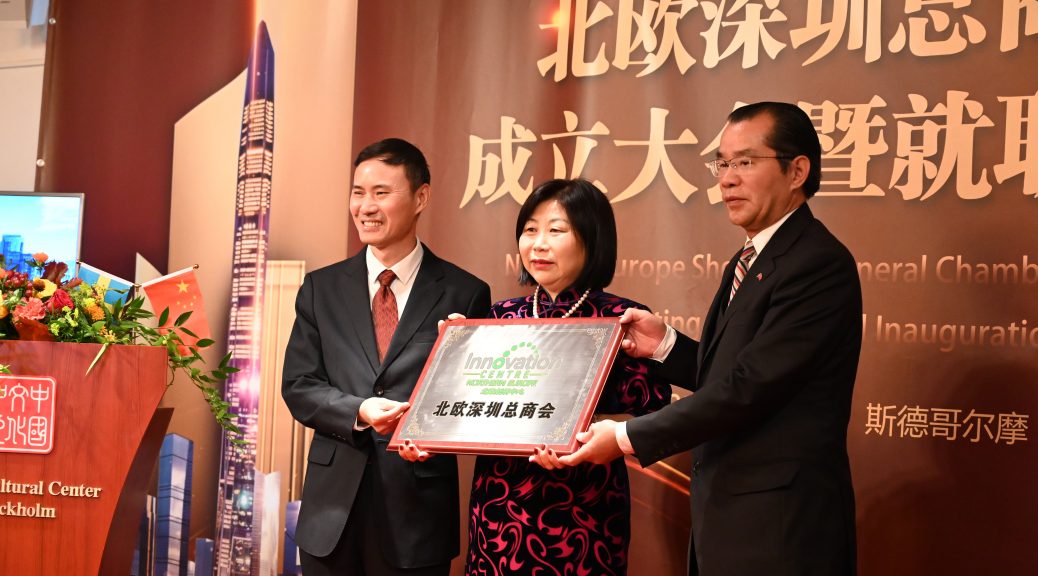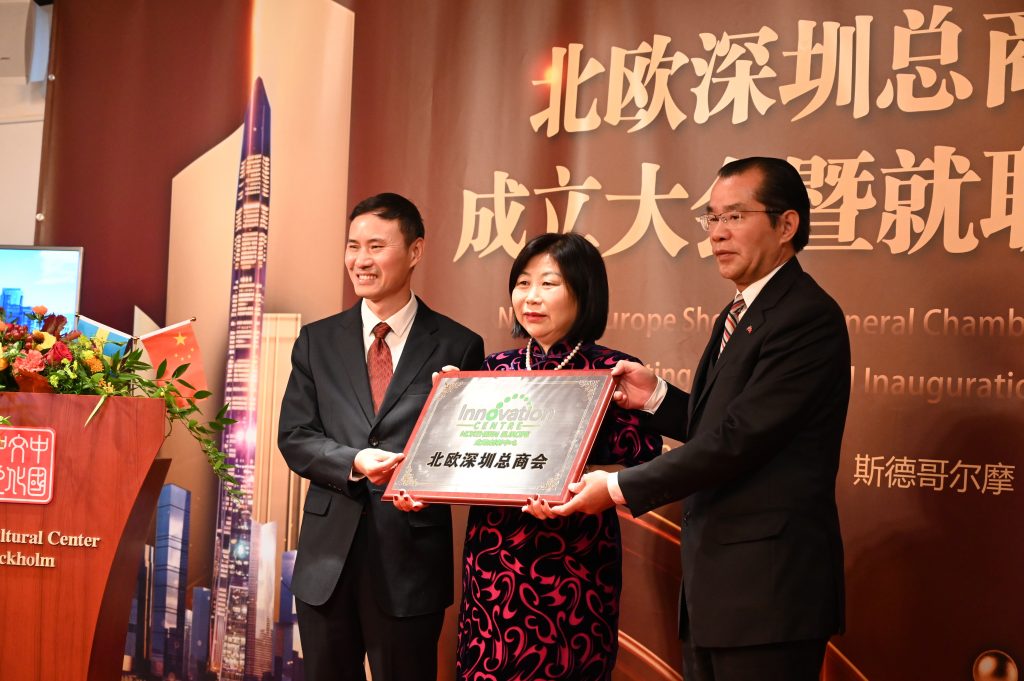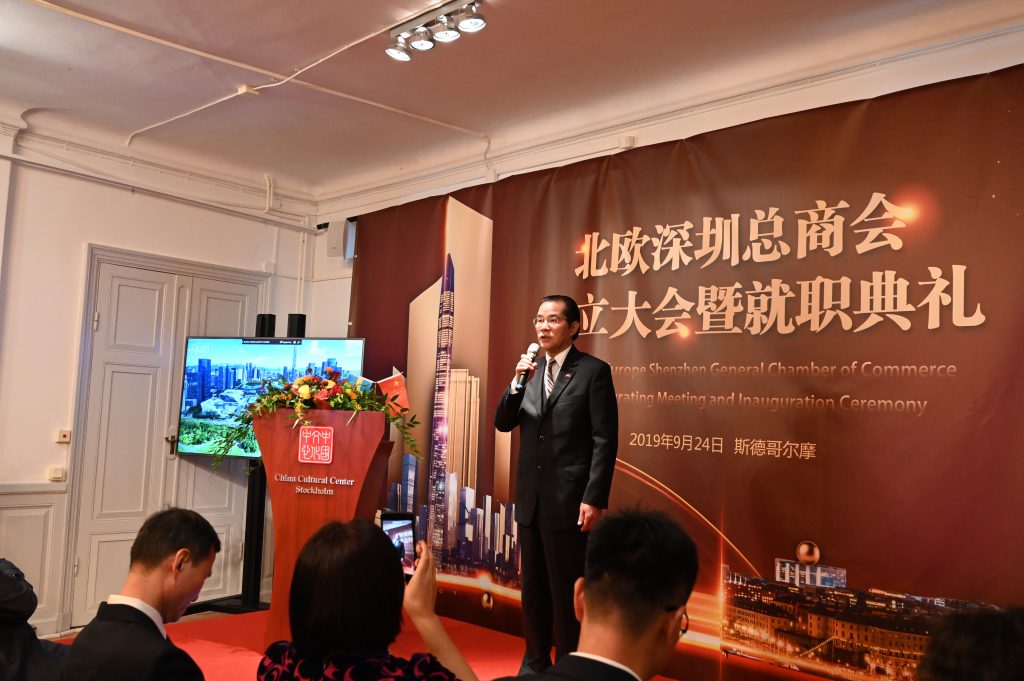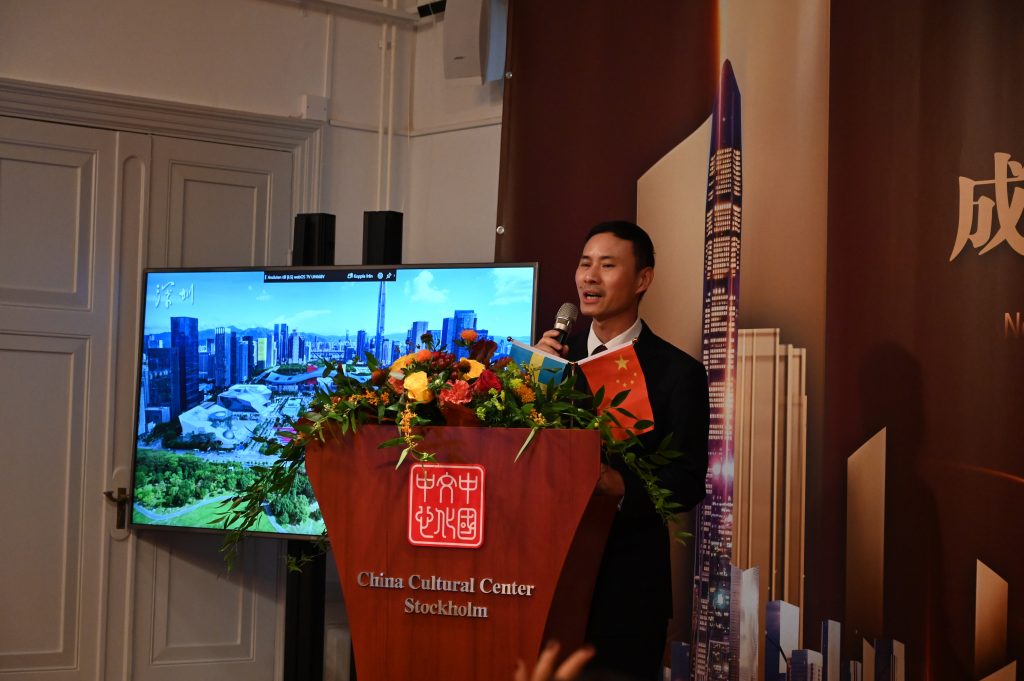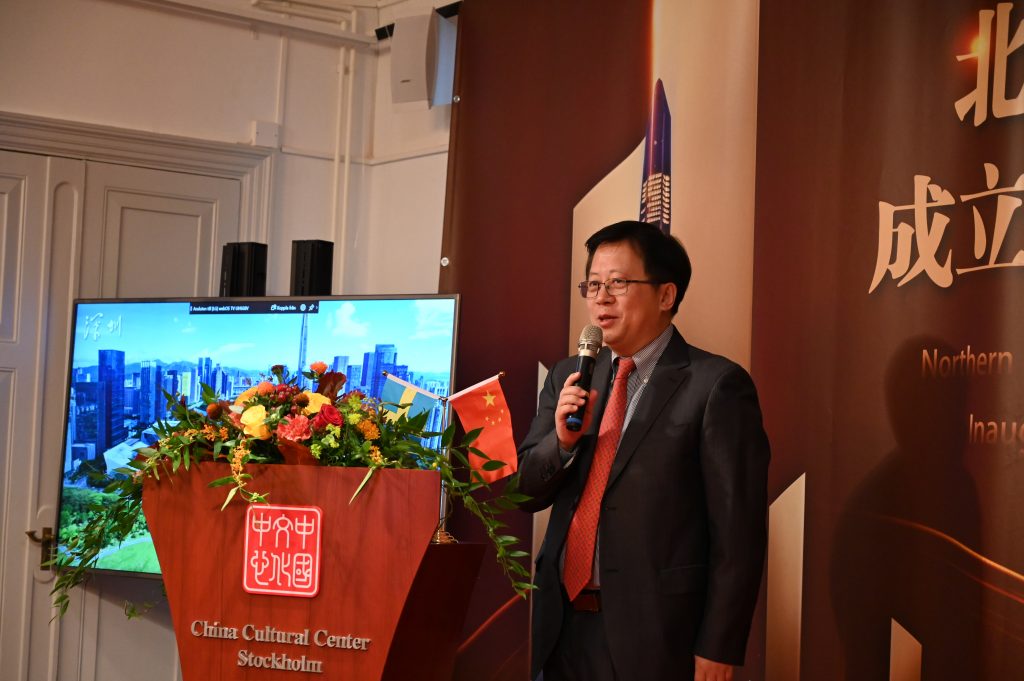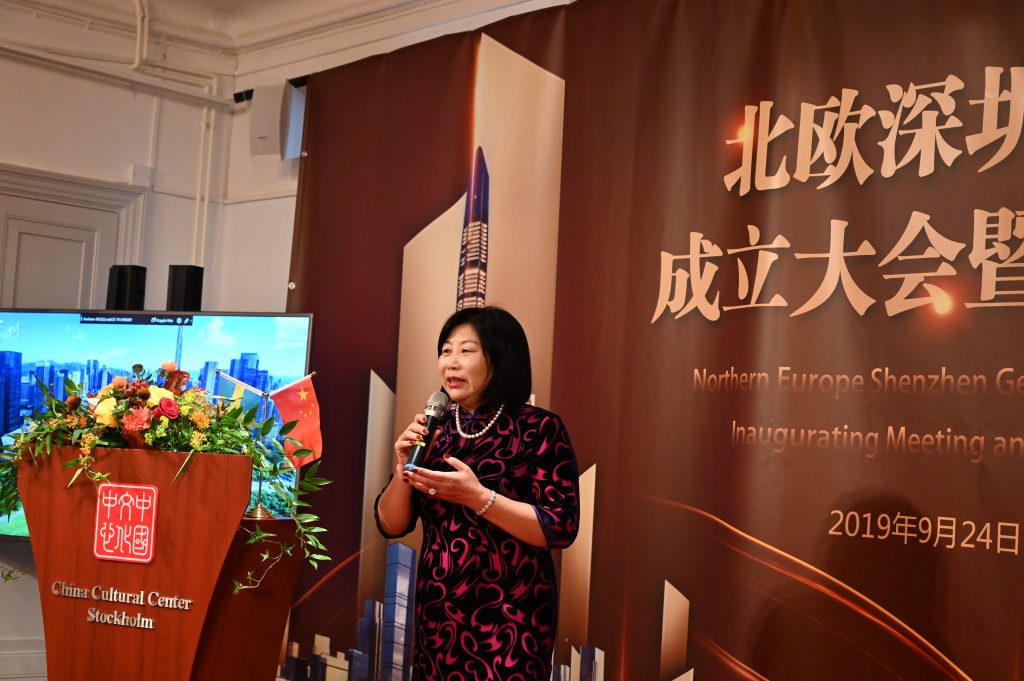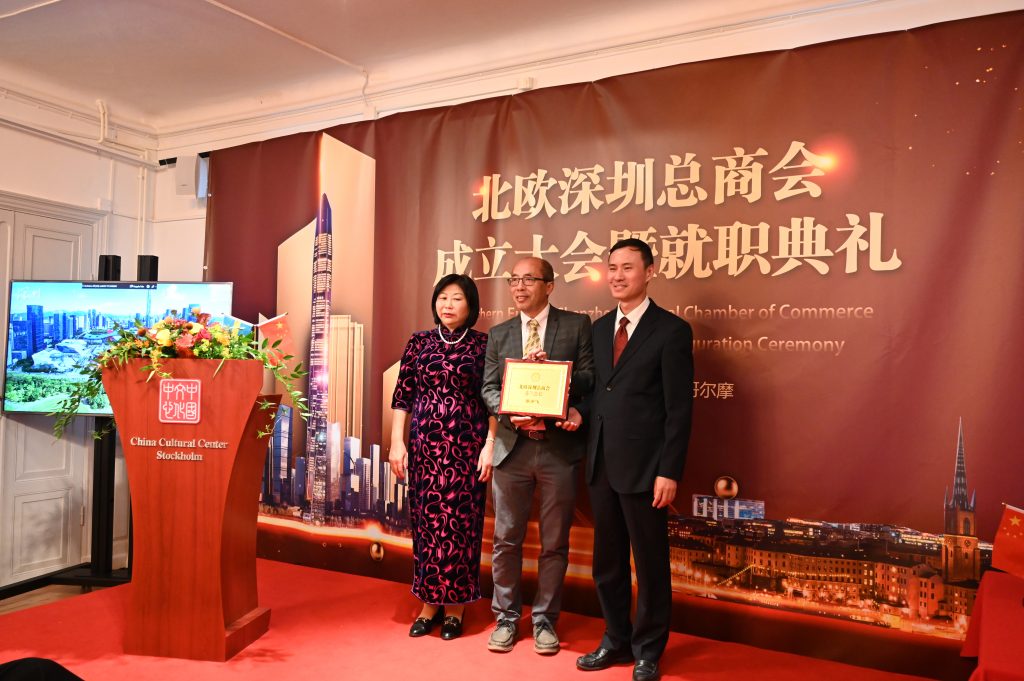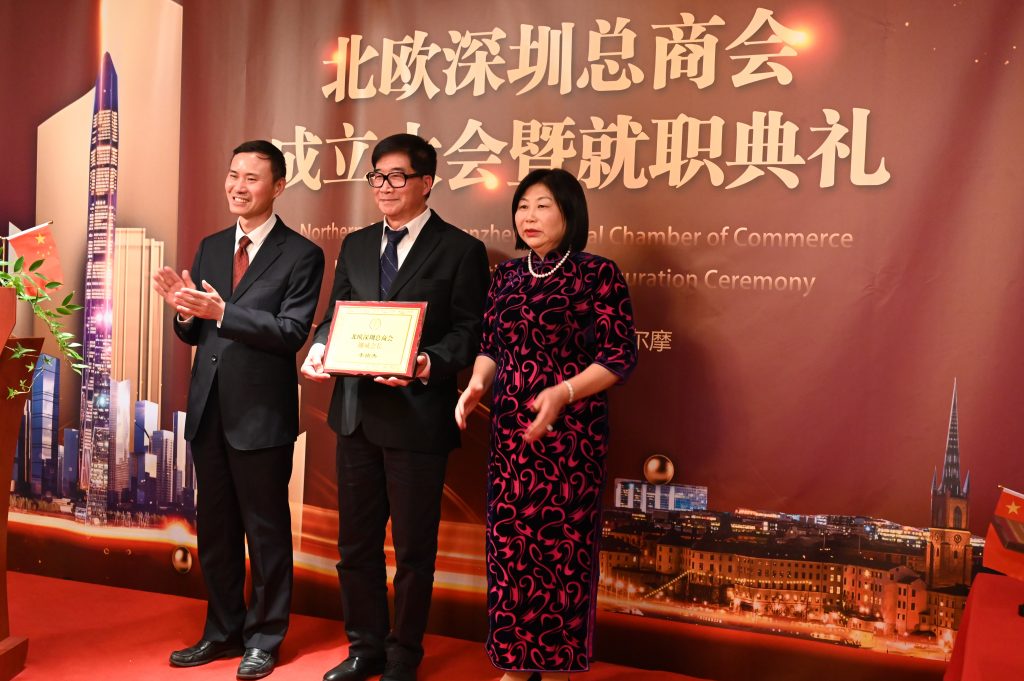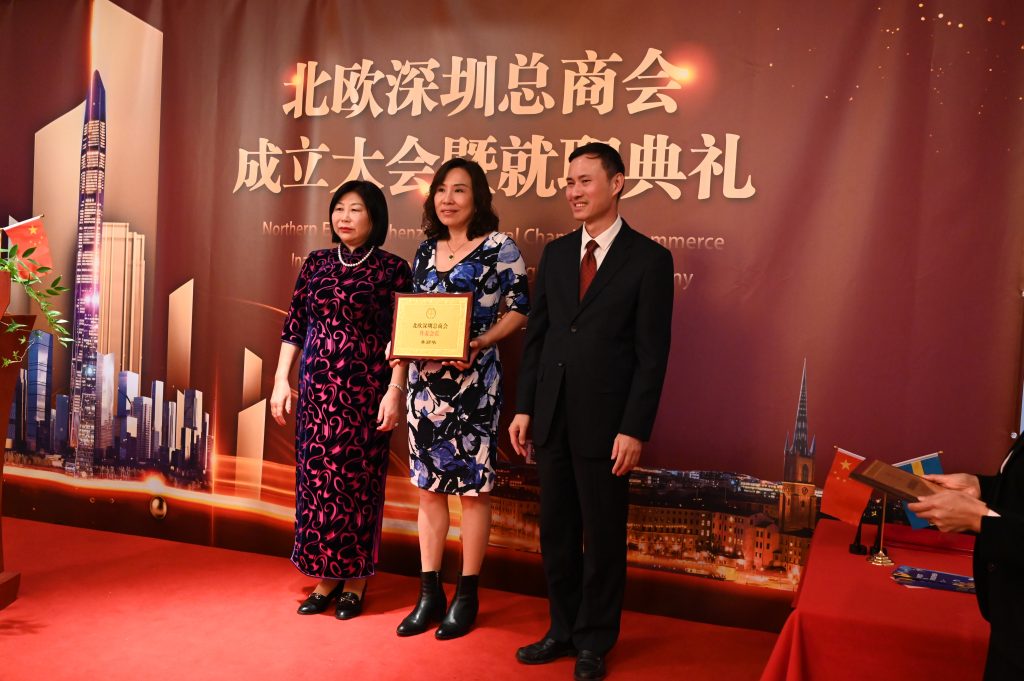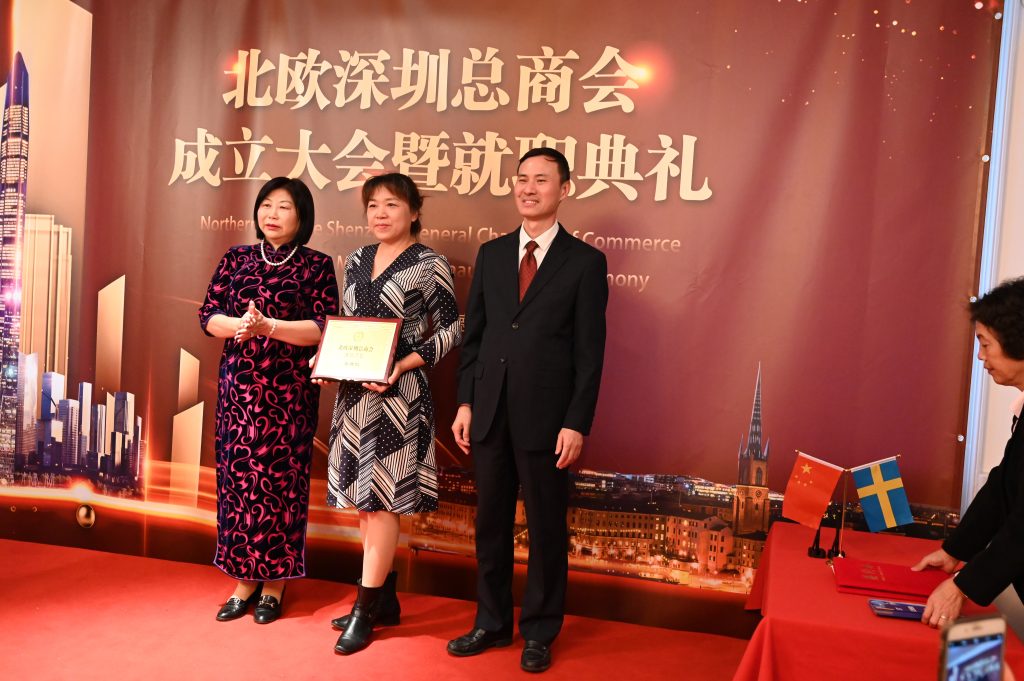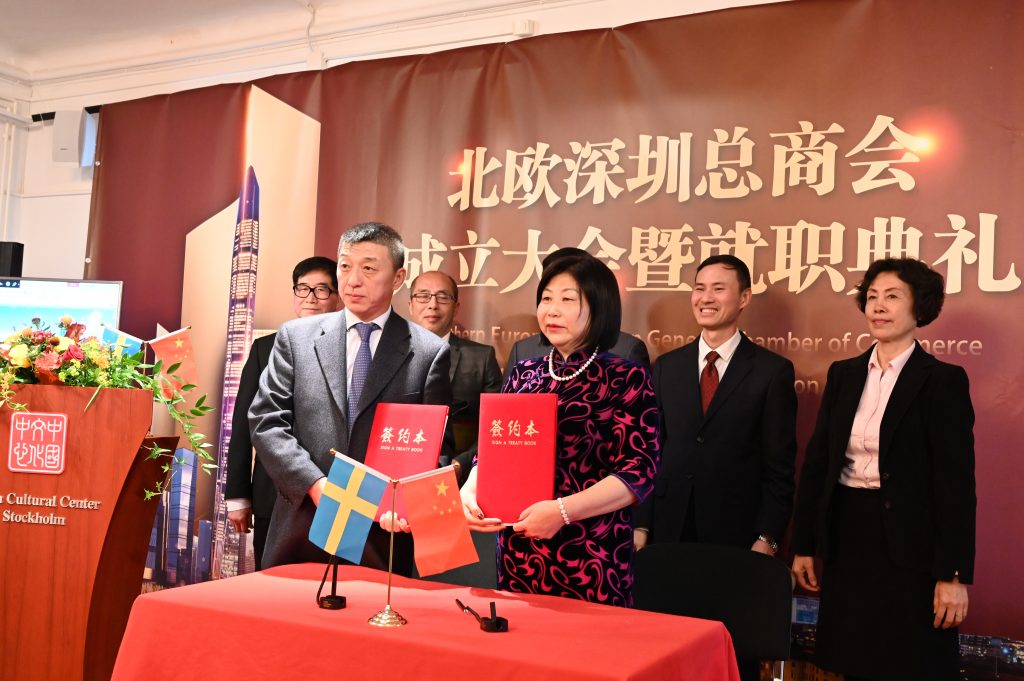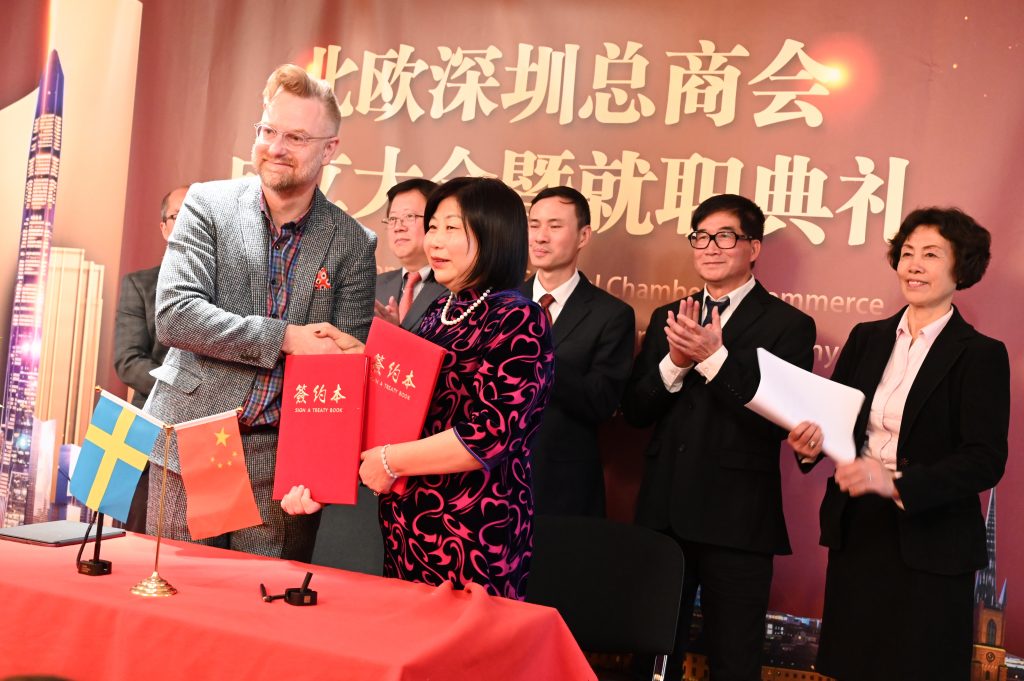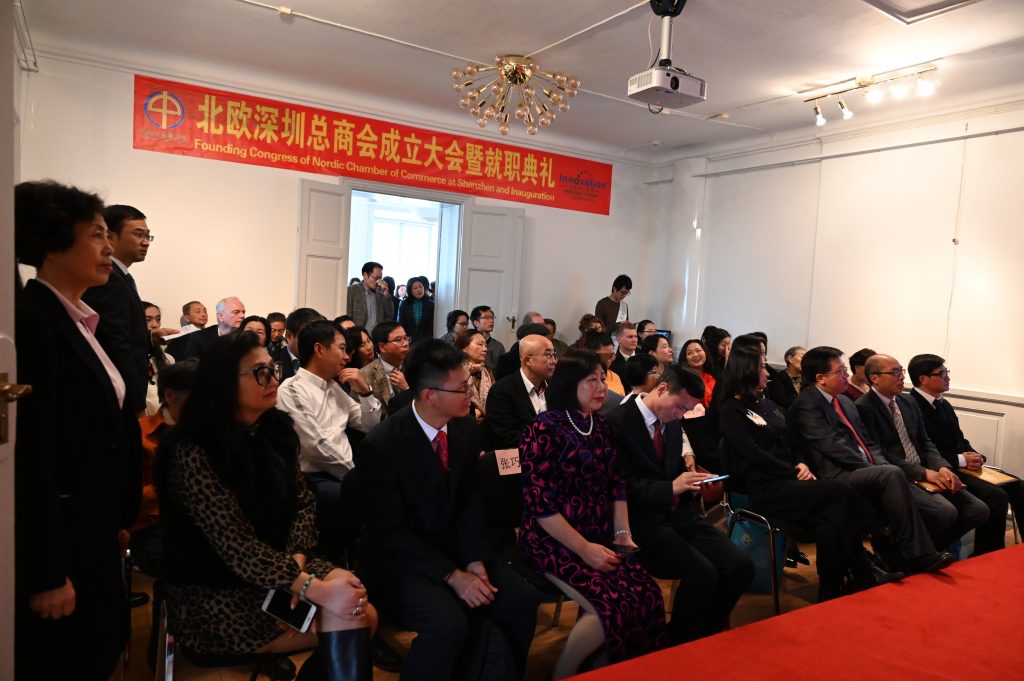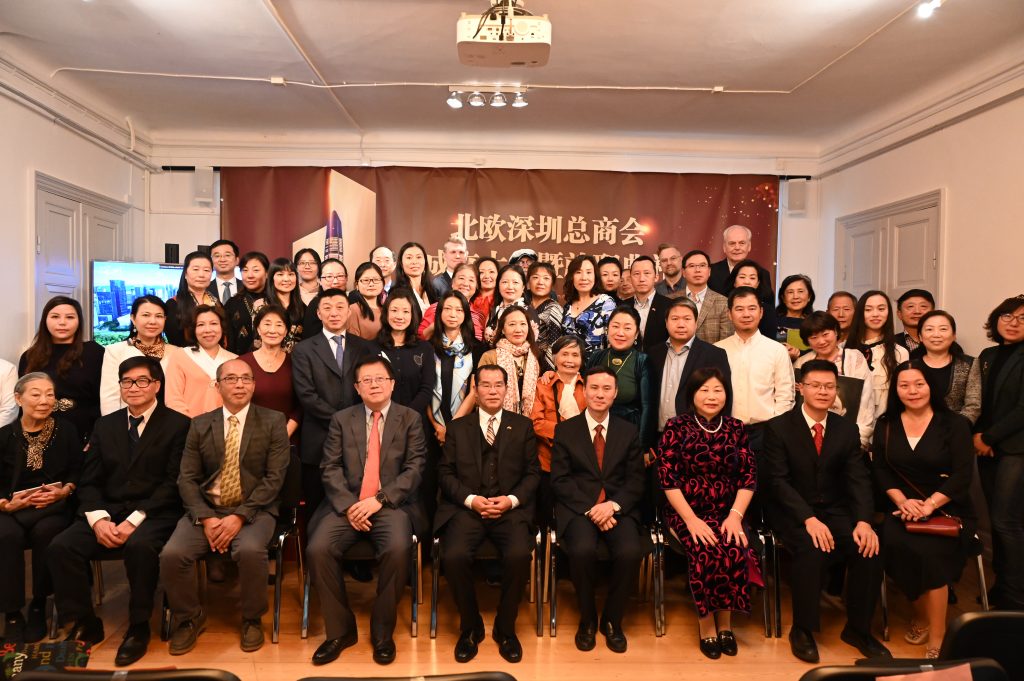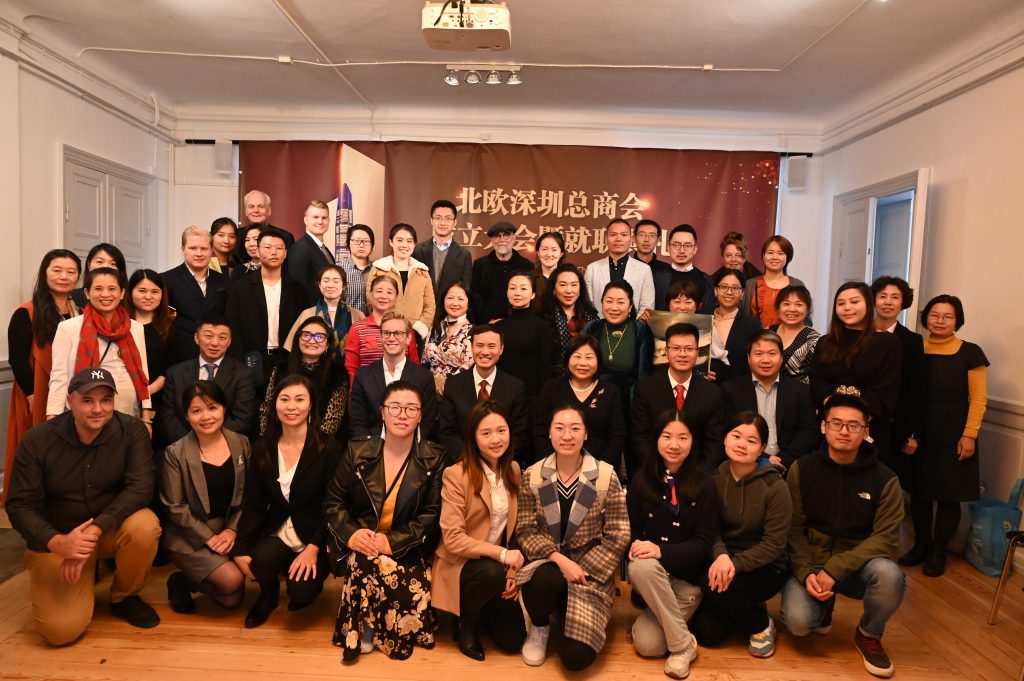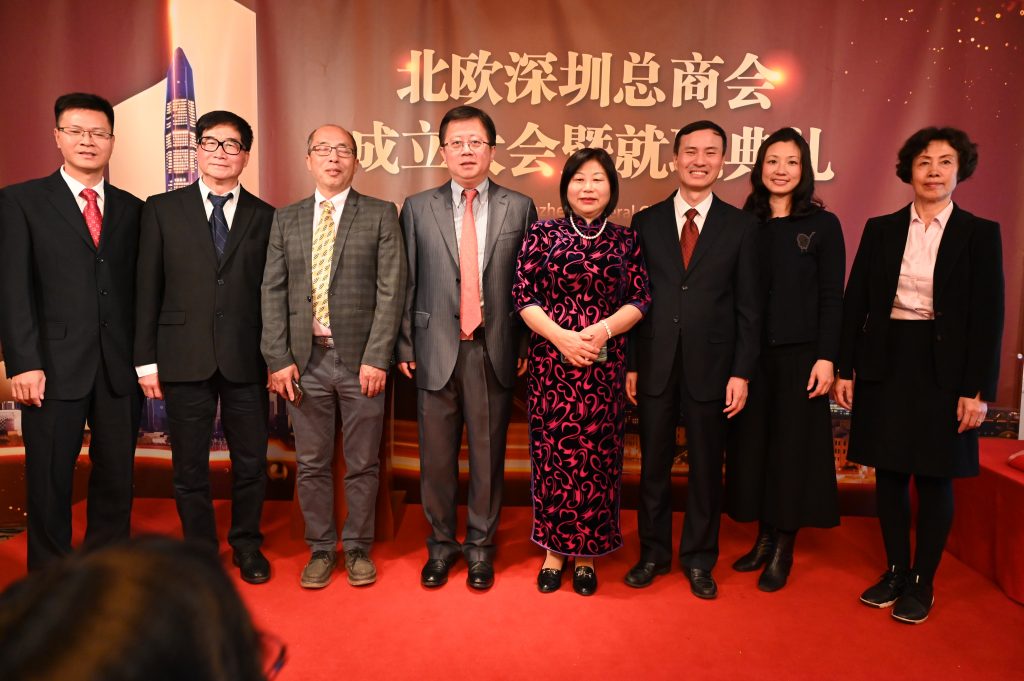By Xuefei Chen Axelsson
STOCKHOLM, Dec. 30(Greenpost) — The Swedish innovation company OTMETKA develops systems for individually labeling and tracking timber in an automatic process. Traceability of timber is not just about ensuring that the work is done lawfully and from the right place, but also about a transaction of data and thus money. Now, OTMETKA wants, with help from China to digitize the world’s forest industry with its smart solution.
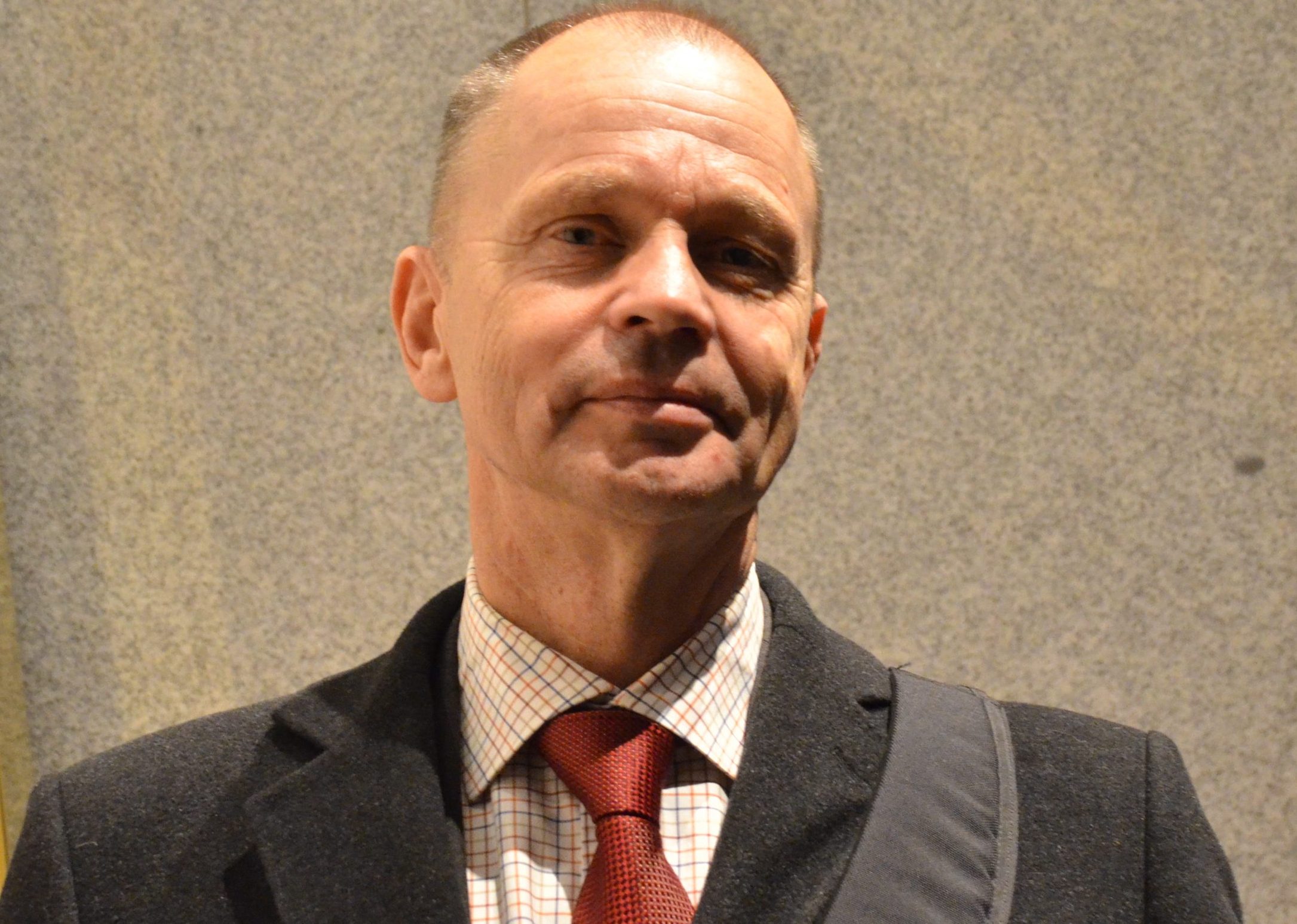
– Tomorrow’s 4G / 5G connects the harvesters more and more. When we know the value of each harvested forest cubic meter it is easy to realize that digitization of the forest is a billion industry, says Bengt Sörvik, CEO and founder of OTMETKA, a Swedish company with many patents in the forest industry.
Every year, only Swedish forests are harvested for SEK 35-40 billion and in 2017 the sawmill industry totaled export value to SEK 26.7 billion. In principle, all forests in Sweden are subject to environmental certification, FSC or PEFC. Thus, there is also a requirement to report the origin of the timber, which today takes place with administrative and inefficient paper methods.
– We digitize the forest down on each individual log and completely automatically. It is wrong that expensive harvested production information is only thrown away after the tree is harvested for timber, says Sörvik.
Building on old proven technology
OTMETKA’s individual labeling system is based on a simple, proven and older technique with marking hammer. It’s an ax used to mark timber as it floated on the rivers to the sawmills. It was before road and truck transport were expanded.
By creating a matrix of rotating punches in fixed positions, OTMETKA creates a basically infinite number series that combines three things: 1) The position where the tree grew, 2) Production data from the harvester’s computer, and 3) A unique code for each individual log. The patented system is called OtmetkaID and creates global, unique codes. When the stock comes to the sawmill, it is read by camera technology.
Global cloud-based solution for the forest
OTMETKA’s business idea is to sell technology and information as licensed services through cloud solutions, which everyone in industry can easily connect with. By offering its own solutions, but also partners’ place in the business model, the company expects to build an ecosystem of services with an overall goal of streamlining forestry and using the raw material even better.
– Swedish and Finnish forestry leads the world’s development, and OTMETKA’s method can be applied worldwide, we expect interest to grow rapidly. We recently signed a cooperation agreement with the University of Salzburg in Austria to introduce extended biometric analyzes of log properties along with OtmetkaID, “says Sörvik.
Huawei new technology partner?
At the moment, OTMETKA is committed to gaining its international breakthrough. The company has, among other things, signed an agreement with the French global certification company Bureau Veritas to build a complete Blockchain solution from the forest through the sawmill industry to the end customer. Recently, IKEA Home Decoration giant IKEA has invited OTMETKA to IKEA Bootcamp, as it will help ensure the origin of the raw material.
Through the Chinese embassy, OTMETKA has also met with technology Huawei, which has several new technical solutions in the forest industry based on online mobile internet technology. Here, Bengt Sörvik hopes to collaborate to develop new products and services:
– Huawei is a strong technology partner with entrepreneurial spirit and global ambitions. We at OTMETKA can offer Huawei our deep knowledge in forest artificial intelligence, AI.
Back to the roots in China
OTMETKA has also taken the first contacts with the Bank of China, through counselor of Commerce Mr. Han Xiaodong. Contacts with three Chinese forest organizations – China Wood Protection Industry Association, China Timber & Wood Distribution Association and China National Forest Products Industry Association – have been taken.
– It would be fun if our various taken Chinese contacts could be developed into business and technical cooperation. My father was born in Shanghai in 1921 when my grandfather worked at the Swedish company Ekmanska Handelshuset in the city. I myself participated in the 1987 Swedish Mount Everest expedition from the north side, an official expedition with the invitation of the Chinese authorities. We climbed almost the same route that the Great Chinese expedition made in 1963, says Sörvik.
